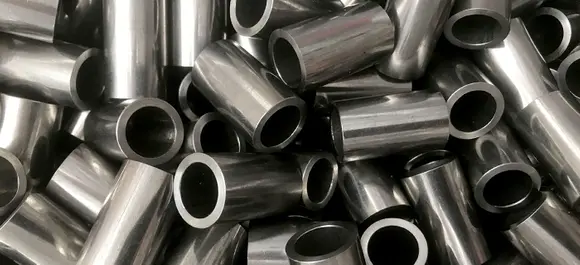Mobile:+86-311-808-126-83
Email:info@ydcastings.com
welding cast iron to steel
Welding Cast Iron to Steel Challenges and Techniques
Welding cast iron to steel presents unique challenges that require a careful understanding of the materials involved, including their properties and behaviors during the welding process. Cast iron and steel differ significantly in composition, structure, and mechanical characteristics, necessitating specific techniques and considerations for successful welding. Understanding these differences is crucial for achieving strong, durable, and defect-free welds.
Properties of Cast Iron and Steel
Cast iron is an iron-carbon alloy with a higher carbon content than steel, typically between 2% and 4%. This high carbon content gives cast iron its excellent castability and wear resistance but also results in brittleness. Cast iron primarily exists in different forms, including gray iron, ductile iron, and white iron, each with distinct properties. The presence of graphite in gray cast iron, for example, enhances machinability but can lead to cracking during welding due to its brittle nature.
In contrast, steel is an iron-carbon alloy with less than 2% carbon. It is characterized by its ductility, toughness, and varying strength levels, depending on its composition and heat treatment. Because of these properties, steel can absorb and dissipate energy effectively, making it more forgiving during the welding process.
The Welding Process
When welding cast iron to steel, several methods can be employed, including TIG (Tungsten Inert Gas) welding, MIG (Metal Inert Gas) welding, and stick welding
. However, each of these techniques poses certain challenges due to the differences in melting points and thermal expansion rates between the two materials.welding cast iron to steel

One common approach is to use a high-nickel electrode, typically ERNi-1, which provides a compatible weld metal that can bridge the differences in thermal expansion and contraction. Nickel-based filler materials are preferred because they help prevent cracking and can accommodate the stresses resulting from temperature changes during welding.
Preheating and Post-Weld Treatment
Preheating the cast iron component before welding is a crucial step in minimizing the risk of cracking. Preheating helps to reduce the temperature differential between the cast iron and steel, thus decreasing the chance of thermal shock. Temperature levels of around 400°F to 600°F (200°C to 315°C) are often recommended for preheating cast iron.
Post-weld heat treatment may also be necessary to relieve residual stresses and improve the strength of the weld joint. This process involves uniformly heating the welded area to a specific temperature and then allowing it to cool gradually.
Considerations for Successful Welding
When embarking on the welding of cast iron to steel, thorough preparation and planning are critical. The surfaces to be welded should be clean and free from contaminants, such as oil, rust, or paint. Adjusting the welding parameters to accommodate the unique characteristics of the materials is also essential. Techniques such as weaving or using a stringer bead can help control heat input and reduce the risk of distortion or cracking.
In conclusion, welding cast iron to steel is a task that requires skill, knowledge, and attention to detail. By understanding the properties of both materials and utilizing appropriate techniques and precautions, welders can achieve successful joints that stand the test of time. Whether in repair applications, the manufacturing of hybrid components, or artistic endeavors, mastering the art of welding these dissimilar metals opens up a wide range of possibilities.
-
Why Is Choosing the Right Motor Housing Critical for Engine Performance?NewsJul.18,2025
-
Which Impeller Types Best Optimize Your Pump’s Efficiency?NewsJul.18,2025
-
Optimize Maintenance Efficiency with Durable Oil Catch SolutionsNewsJul.18,2025
-
Maximize Pump Performance with Precision-Engineered ComponentsNewsJul.18,2025
-
Elevate Industrial Flow Systems with Precision-Engineered ComponentsNewsJul.18,2025
-
Boost Durability and Functionality with Precision Power CastingsNewsJul.18,2025











